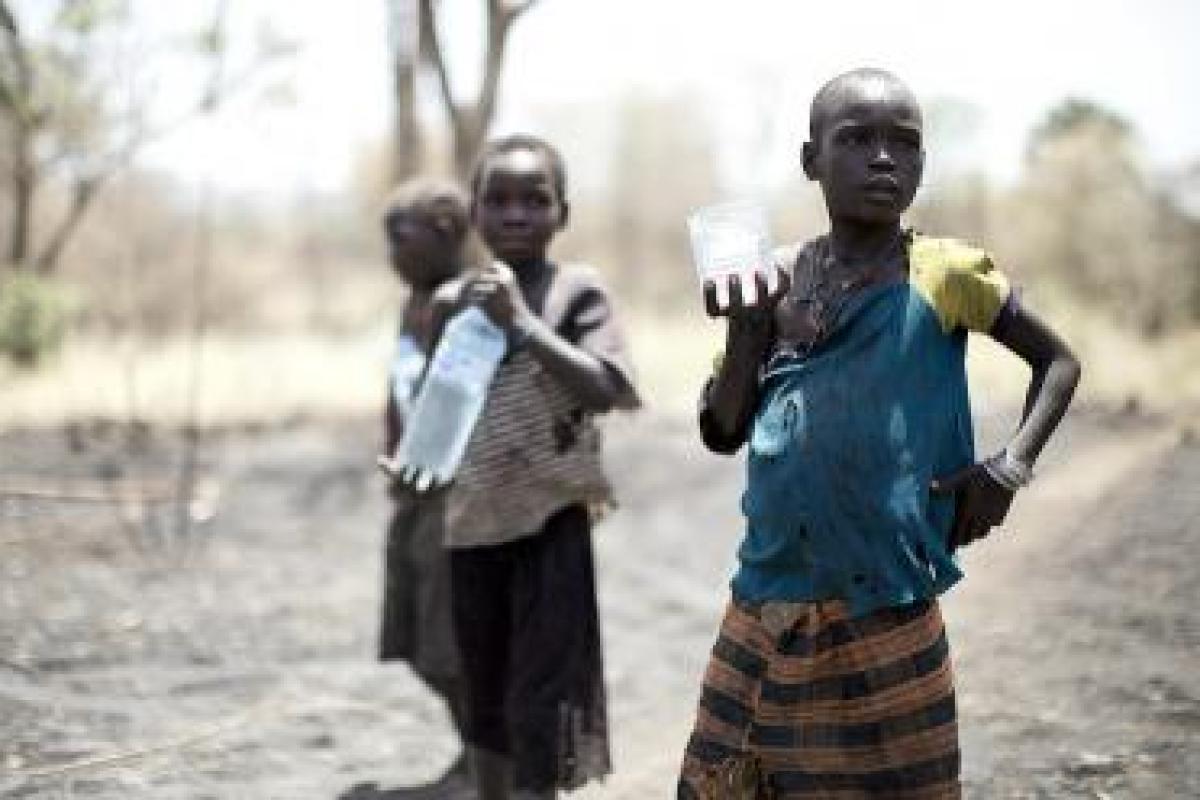Africa is the world’s second largest continent, made up of 54 countries and home to one billion plus people, who speak around 2000 different languages. This blesses the continent with an amazing cultural diversity, expressed through a richness of arts and crafts, folklore and religion, clothing, cuisine and music. This diversity brings with it both great opportunities and fascinating challenges, for marketers.
What factors might influence selecting global or regional campaigns versus local ones, in Africa?
Literacy Levels
Literacy levels sit at close to 100% in the developed nations but drop down, on average, to around 60% in sub-Saharan Africa, with counties like Burkina Faso, Chad and Niger at only 20% to 30%. Where literacy challenges exist, communication effectiveness is greatly enhanced by the use of the target market’s ‘mother tongue’.
Age Profile
Africa is a ‘young’ continent with a median age of just 20. That compares to Europe at 43. This has major implications for marketers, as the youth of Africa increasingly determine their ‘way’ and their future.
Brand Proposition
A crucial factor in deciding global/regional versus local communication is the core brand proposition and the extent to which is reflects a universal human truth. Arguably, Coca-Cola’s ‘Happiness’ proposition and much of its creative expression is universal in its appeal, lending itself to global application.
Resonance & Relevance
The argument in favour of local communication is normally based on the need for maximum resonance and relevance. The adoption of ‘local’ models, hairstyles, settings, music, etc. can strongly influence levels of resonance and relevance.
Category Growth versus Brand Differentiation
Many markets in Africa have a low category development index compared to developed nations. So, the challenge is market development rather than brand differentiation.
Digital Strategy
Internet penetration in Africa sits at around 30%, compared to Asia at around 45%, Europe at 75% and North America at 90%. By contrast, mobile ‘phone penetration, as a result of the lack of fixed line accessibility, is much better developed. This has significant implications for digital marketing strategies.
In the final analysis, we see that TV advertising is often globally or regionally sourced but radio, billboards, etc. are used to add that all-important local resonance/relevance. So most multinational marketers are taking a ‘middle road’ when communicating across the continent of Africa - deploying a combination of global and local work to navigate these challenges.
John Little is Regional Managing Partner, Middle East & Africa, The Observatory International.
